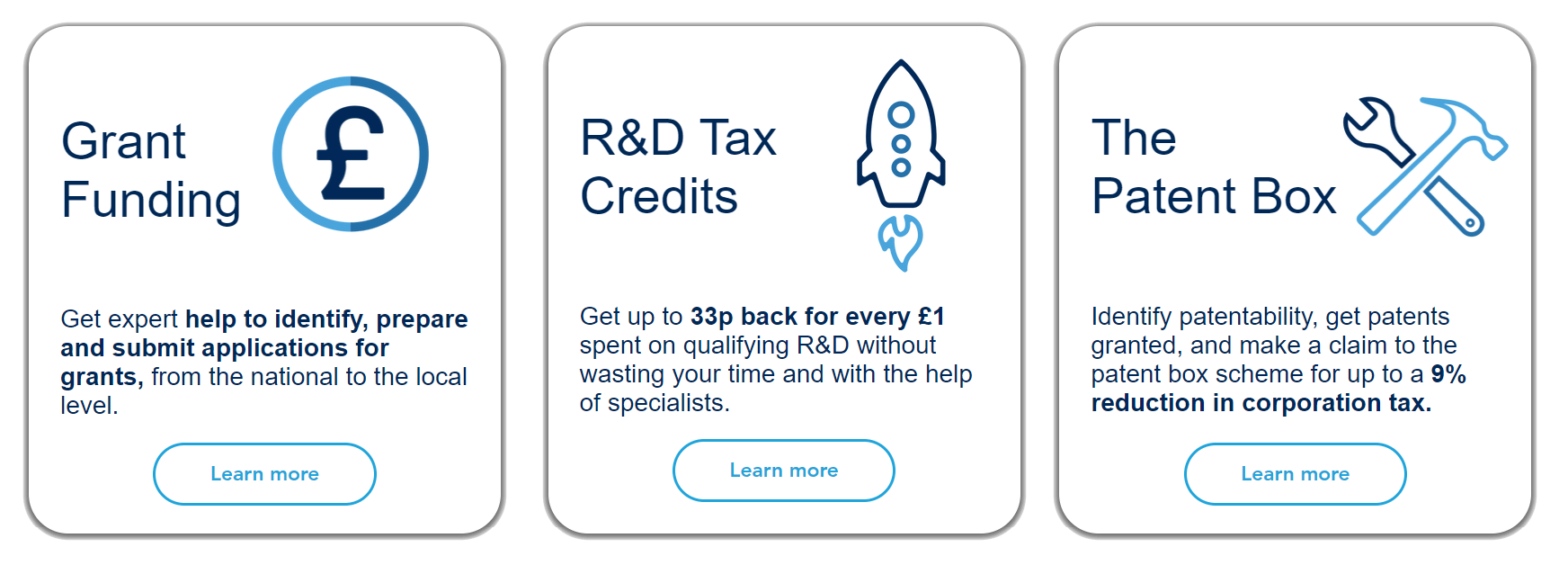It is surprisingly common for individual innovators and SME’s to base their expectations for projected development costs on retail price of comparable products in the market. For instance, a typical toaster might retail at between £15-25. Working with the retail price and proposed volumes as a rule of thumb, it is easy to assume that the cost of development could not possibly exceed a few £1000’s? What is often missing in this rough equation, however, is a real appreciation of the typical scale of mass – production manufacturing.
A toaster, for example, is likely to be produced in many tens of thousands of units, over an extended period of manufacture. Indeed, a standard shipping container (40′ long x 8′ wide x 8’6” high) may house several thousand boxed products at a time, with many being filled per month for export and distribution.
To place that in context; a realistic expectation for a high-quality plastic injection-moulding tool is that it can produce in excess of 250,000 parts and run comfortably for several years of production. Indeed, some highly specified hardened-steel tools will run comfortably into a million parts or more! As such, the cost and complexity of such capital investment cannot be underestimated.
The individual unit-price is principally related to the projected volume of units to be sold, and the timeframe in which the development and manufacturing investment cost is to be recouped. In largescale product launches, it is also often related to how long a company is willing to sustain and absorb the burden of development debt before a product becomes legitimately profitable.
In commercial terms it is referred to as ‘Amortisation’ (from middle English ‘to kill it off’- in this instance a debt!), or the timescale of recovering total investment, over the profit realised by sales of a product.
Therefore, it is clear to see why those commissioning a new product, can be mistaken for thinking that the initial requirement for investment into the development process is significantly less than appropriate!
Detailed costs which may need to be consider could include:
- Mechanical & Electrical Design time and experimentation, Prototyping & Testing,
- Product certification and standards adherence (by territory)
- IP Protection (Design Registration and Patents) (by territory)
- Tooling, Manufacturing and Assembly.
- Stockholding, Shipping and Taxes.
- Graphic Design, Branding and Packaging,
- Instruction formulation and printing (multi language), labelling, promotional activity, and marketing et.al.
All of these elements count to the real cost of development and subsequently the retail price and ROI (Return on Investment) timescale. This complexity is typically hidden to the consumer and those commissioning product development, by an ‘all-encompassing’ headline retail price.
To compound this, the more ambitious a product is, and the newer territory it breaks, then the more cost will be incurred. This would seem a manifestly true statement, but it is common for those not experienced in the process to assume that solutions to highly complex problems, can easily and quickly be realised by competent professionals.
The truth is that innovation takes time, prototyping, investment in capital equipment, manpower and experimentation, coupled with professional learning and leaps of insight. As such the timescales, ROI and the funds required to realise a successful development process can be somewhat more than casually anticipated. It is not that problems cannot be solved and overcome; it is more that with innovation comes risk and cost, as a matrix of problems are solved by a process continual learning, optimisation, experimentation and evolution.
This situation described is perhaps most evident when individual inventors, or SME’s wish to engage in the development of innovative products. It is understandable, that those entering this unfamiliar process wish to ascertain definitive costs of design and manufacturing before investing funds. It is often the case however, that the very nature of uncertainty means that definitive costs are difficult to proffer without appropriate investigation.
‘A convenient analogy would be for a builder to give a definitive quote for building house without comprehensive knowledge of what it was to be constructed from, how many rooms it was intended to have, what foundations were required and whether it had a pool and hot tub included!. ‘
We therefore encourage those interested in actively pursuing new product development to formulate a clear view of what they want to develop. What realistic timescales are, what their market is, what the technological readiness level is, and what the scope and desired outcome of their project is.
We work under strict NDA to assist in this process, clarifying development goals and providing realistic costings where applicable. We offer a comprehensive and cost-effective ‘pre-design scoping’ phase to ensured more informed go / no-go decisions are made at an early stage of development, and that a products feasibility and viability is fully explored, prior to the investment of more significant development funds.
We are aware that projected costs are an essential tool in a diligent feasibility and scoping process, and as such we are always happy to assist in this process. Accurate projected costings are particularly critical, when potential external funding routes are being examined.
How can Opima help with costs?
We are in the business of developing innovative products, and we want to see as many problems as possible solved by great ideas. Good, innovative ideas can, and do, make money.
This is abundantly proven by a swathe of successful product launches which eloquently solve real world problems. With the true costs of product development being significant, it is often unrealistic, impractical or undesirable for individuals or SME’s to stomach the entire burden of cost alone.
As such we have developed comprehensive strategies to seek external funding and investment for projects. Potential sources of funding are multitude, ranging from governmental backed R+D Grants, and IP Tax Incentives, to Angel Investors, Venture Capital, and Crowdfunding.
We have enjoyed notable success in guiding our clients through the application process for grants and funding, securing several ‘6 figure’ design and development awards.
In 2019, to streamline this process, Optima launched a companion business, called Inovasi, putting in place a dedicated team of funding specialists. We have also partnered with external professionals who have significant experience in bid writing, tendering, IP protection and related funding. We therefore can offer a robust ‘full service’ from the ground up, scoping ideas, proving validity, securing funding, designing, and engineering products and delivering complete solutions to our clients.
Contact us at [email protected] if you have any questions about a project and how we can help you.




